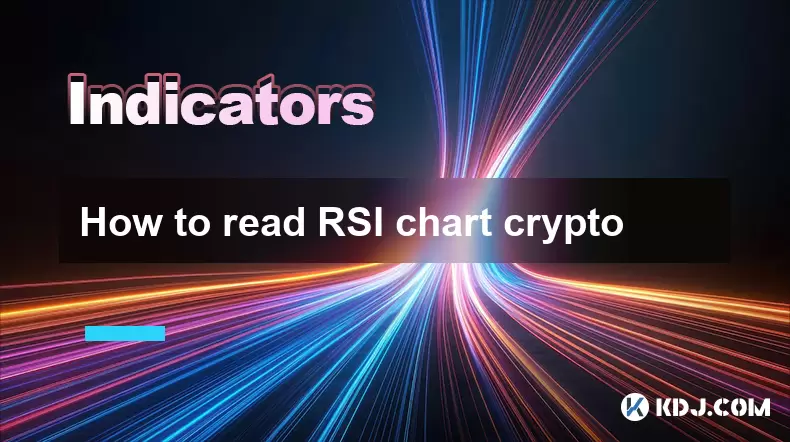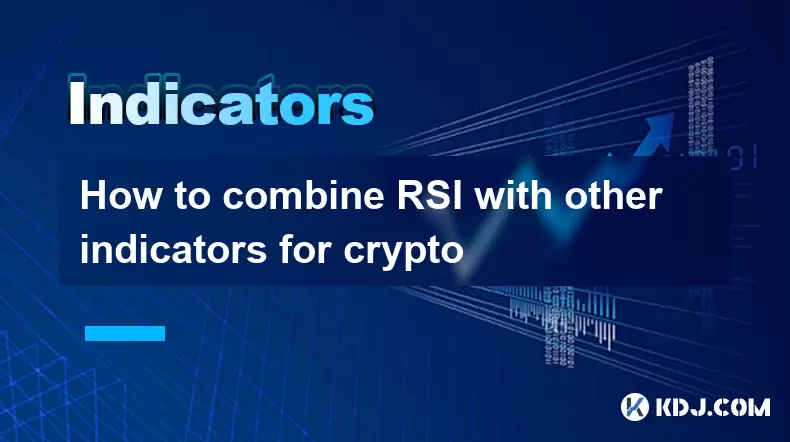-
 Bitcoin
Bitcoin $119,161.9671
1.52% -
 Ethereum
Ethereum $2,995.0722
2.34% -
 XRP
XRP $2.8555
5.32% -
 Tether USDt
Tether USDt $1.0002
0.00% -
 BNB
BNB $692.9308
1.48% -
 Solana
Solana $162.9611
1.87% -
 USDC
USDC $0.9999
0.00% -
 Dogecoin
Dogecoin $0.2014
2.84% -
 TRON
TRON $0.3032
0.90% -
 Cardano
Cardano $0.7464
6.51% -
 Hyperliquid
Hyperliquid $49.1533
5.71% -
 Stellar
Stellar $0.4773
24.77% -
 Sui
Sui $3.4979
3.93% -
 Chainlink
Chainlink $15.8552
6.01% -
 Hedera
Hedera $0.2401
23.85% -
 Bitcoin Cash
Bitcoin Cash $510.0474
0.97% -
 Avalanche
Avalanche $21.5550
4.82% -
 UNUS SED LEO
UNUS SED LEO $9.0389
-0.47% -
 Shiba Inu
Shiba Inu $0.0...01340
2.27% -
 Toncoin
Toncoin $2.9910
0.62% -
 Litecoin
Litecoin $96.4406
4.34% -
 Polkadot
Polkadot $4.0359
4.59% -
 Monero
Monero $338.4759
2.80% -
 Uniswap
Uniswap $8.6460
4.01% -
 Dai
Dai $0.9999
0.00% -
 Ethena USDe
Ethena USDe $1.0007
0.03% -
 Pepe
Pepe $0.0...01254
3.26% -
 Bitget Token
Bitget Token $4.3969
0.79% -
 Aave
Aave $312.2641
3.98% -
 Bittensor
Bittensor $397.0731
4.17%
How to read RSI chart crypto
The Relative Strength Index (RSI) helps crypto traders identify overbought or oversold conditions, signaling potential price reversals when combined with other technical tools.
Jul 14, 2025 at 01:35 am

Understanding the Basics of RSI in Cryptocurrency
The Relative Strength Index (RSI) is a momentum oscillator used to measure the speed and change of price movements. In the cryptocurrency market, where volatility is high, RSI helps traders identify potential overbought or oversold conditions. The RSI value ranges from 0 to 100, with levels above 70 typically indicating overbought territory and values below 30 signaling oversold conditions.
RSI is particularly useful for crypto traders due to the rapid price swings seen in digital assets like Bitcoin and Ethereum. It allows users to spot potential reversal points before they become evident on the price chart itself. However, it's important to remember that RSI should not be used in isolation but rather as part of a broader analytical strategy.
How to Calculate RSI for Crypto Charts
To fully grasp how RSI works, understanding its calculation is essential. The formula involves two main components: average gains and average losses over a specified period, usually 14 days. Here’s how it works:
- First, calculate the average gain by summing up all positive price changes during the lookback period and dividing by the number of periods.
- Then, compute the average loss by summing up all negative price changes and dividing by the same number of periods.
- Next, determine the Relative Strength (RS) by dividing the average gain by the average loss.
- Finally, plug the RS into the RSI formula:
RSI = 100 – (100 / (1 + RS))
This gives you an RSI value that fluctuates based on recent price performance. While most platforms automatically calculate this for you, knowing the underlying mechanics can help improve your interpretation of RSI readings in real-time trading situations.
Interpreting RSI Levels in Crypto Trading
When analyzing RSI charts for cryptocurrencies, there are key thresholds to watch:
- An RSI reading above 70 suggests overbought conditions, potentially signaling a pullback or bearish reversal.
- An RSI reading below 30 indicates oversold conditions, possibly hinting at a bullish bounce.
However, in strong trending markets, especially in crypto, these levels can remain extreme for extended periods. For example, during a powerful uptrend, RSI might stay above 70 without a significant correction. Similarly, during a sharp downtrend, RSI could linger below 30 for several candlesticks.
It’s crucial to avoid blindly following RSI signals without considering trend strength and volume. Traders often combine RSI with other tools like moving averages or Bollinger Bands to filter out false signals and enhance accuracy.
Spotting Divergences Using RSI in Crypto Charts
One of the more advanced uses of RSI is identifying divergences between price action and RSI movement. A divergence occurs when the price makes a new high or low, but the RSI does not confirm it.
For instance:
- If Bitcoin reaches a new high but RSI forms a lower high, this is known as a bearish divergence and may indicate weakening momentum.
- Conversely, if Bitcoin hits a new low while RSI records a higher low, it’s considered a bullish divergence and could signal an upcoming reversal.
These divergences are especially valuable in crypto trading, where sudden shifts in sentiment can lead to abrupt price reversals. Traders should closely monitor RSI behavior across multiple timeframes to increase the reliability of divergence signals.
Using RSI for Entry and Exit Points in Crypto Trades
RSI can act as a guide for determining entry and exit levels when trading cryptocurrencies:
- A trader might consider buying when RSI drops below 30 and then rises back above it, suggesting a potential bottom formation.
- Selling or shorting could be considered when RSI climbs above 70 and then falls back below, indicating possible resistance or topping behavior.
Some traders also use dynamic RSI zones depending on the asset and market condition. For example, in a strong bull run, they might adjust the overbought threshold to 80 instead of 70 to avoid premature exits.
Setting stop-loss orders based on RSI signals can also help manage risk effectively. For example, placing a stop just below the swing low when entering a long trade after an oversold RSI signal can protect against sudden selloffs.
Customizing RSI Settings for Different Crypto Timeframes
While the default setting for RSI is 14 periods, this can be adjusted depending on the timeframe and trading style:
- Short-term traders might reduce the period to 7 or even 5 to make RSI more sensitive to quick price moves.
- Long-term investors may extend the period to 21 or 30 to smooth out noise and capture broader trends.
Adjusting RSI settings requires testing and optimization for each cryptocurrency pair. What works well for BTC/USDT may not yield the same results for ETH/USDT or altcoin pairs. Backtesting different RSI configurations on historical data can reveal which settings offer the best balance between sensitivity and reliability.
Frequently Asked Questions
What is the ideal RSI setting for day trading crypto?
For intraday trading, many professionals prefer using a shorter RSI window, such as 7 or 10 periods, to capture faster momentum shifts. However, this increases the likelihood of false signals, so combining RSI with volume indicators or candlestick patterns is recommended.
Can RSI be used for all cryptocurrencies?
Yes, RSI applies to any tradable asset including all cryptocurrencies. However, less liquid altcoins may produce erratic RSI readings due to thin order books and price manipulation risks. Always cross-reference with volume and order book depth.
Why does RSI sometimes give conflicting signals on different timeframes?
Different timeframes reflect varying market dynamics. For example, RSI on a 1-hour chart may show overbought conditions while the daily RSI remains neutral. This discrepancy highlights the importance of aligning your RSI analysis with your trading timeframe and strategy.
Is RSI reliable during crypto bull or bear markets?
In strong trends, RSI can remain in overbought or oversold zones for long durations. During these times, relying solely on RSI can lead to early exits. It’s better to use RSI in conjunction with trend-following tools like moving averages to stay aligned with the dominant direction.
Disclaimer:info@kdj.com
The information provided is not trading advice. kdj.com does not assume any responsibility for any investments made based on the information provided in this article. Cryptocurrencies are highly volatile and it is highly recommended that you invest with caution after thorough research!
If you believe that the content used on this website infringes your copyright, please contact us immediately (info@kdj.com) and we will delete it promptly.
- Ruvi AI: The Audited Token Primed for 100x Gem Status
- 2025-07-14 06:50:12
- Bitcoin's New Highs: Retail Interest and the Allure of Crypto Presales
- 2025-07-14 07:10:11
- Dogwifhat (WIF) Price Prediction: Bullish MACD Signals Potential Breakout
- 2025-07-14 07:10:11
- BlockDAG's Bold Moves: Token Unlock Sparks User Activity Surge
- 2025-07-14 07:15:11
- Blockchain, DAG, and Scalability: A New Era of Crypto?
- 2025-07-14 07:15:11
- Real-World Assets, Tokens, and ETFs: A New Era of Investment?
- 2025-07-14 07:20:12
Related knowledge

Advanced RSI strategies for crypto
Jul 13,2025 at 11:01am
Understanding the Basics of RSI in Cryptocurrency TradingThe Relative Strength Index (RSI) is a momentum oscillator used to measure the speed and chan...

Crypto RSI for day trading
Jul 12,2025 at 11:14am
Understanding RSI in the Context of Cryptocurrency TradingThe Relative Strength Index (RSI) is a momentum oscillator used to measure the speed and cha...

Crypto RSI for scalping
Jul 12,2025 at 11:00pm
Understanding RSI in the Context of Crypto TradingThe Relative Strength Index (RSI) is a momentum oscillator widely used by traders to measure the spe...

What does an RSI of 70 mean in crypto
Jul 13,2025 at 06:07pm
Understanding the RSI Indicator in Cryptocurrency TradingThe Relative Strength Index (RSI) is a widely used technical analysis tool that helps traders...

How to avoid RSI false signals in crypto
Jul 13,2025 at 06:21pm
Understanding RSI and Its Role in Crypto TradingThe Relative Strength Index (RSI) is a momentum oscillator used to measure the speed and change of pri...

How to combine RSI with other indicators for crypto
Jul 12,2025 at 08:35am
Understanding the Role of RSI in Crypto TradingThe Relative Strength Index (RSI) is a momentum oscillator that measures the speed and change of price ...

Advanced RSI strategies for crypto
Jul 13,2025 at 11:01am
Understanding the Basics of RSI in Cryptocurrency TradingThe Relative Strength Index (RSI) is a momentum oscillator used to measure the speed and chan...

Crypto RSI for day trading
Jul 12,2025 at 11:14am
Understanding RSI in the Context of Cryptocurrency TradingThe Relative Strength Index (RSI) is a momentum oscillator used to measure the speed and cha...

Crypto RSI for scalping
Jul 12,2025 at 11:00pm
Understanding RSI in the Context of Crypto TradingThe Relative Strength Index (RSI) is a momentum oscillator widely used by traders to measure the spe...

What does an RSI of 70 mean in crypto
Jul 13,2025 at 06:07pm
Understanding the RSI Indicator in Cryptocurrency TradingThe Relative Strength Index (RSI) is a widely used technical analysis tool that helps traders...

How to avoid RSI false signals in crypto
Jul 13,2025 at 06:21pm
Understanding RSI and Its Role in Crypto TradingThe Relative Strength Index (RSI) is a momentum oscillator used to measure the speed and change of pri...

How to combine RSI with other indicators for crypto
Jul 12,2025 at 08:35am
Understanding the Role of RSI in Crypto TradingThe Relative Strength Index (RSI) is a momentum oscillator that measures the speed and change of price ...
See all articles
























































































